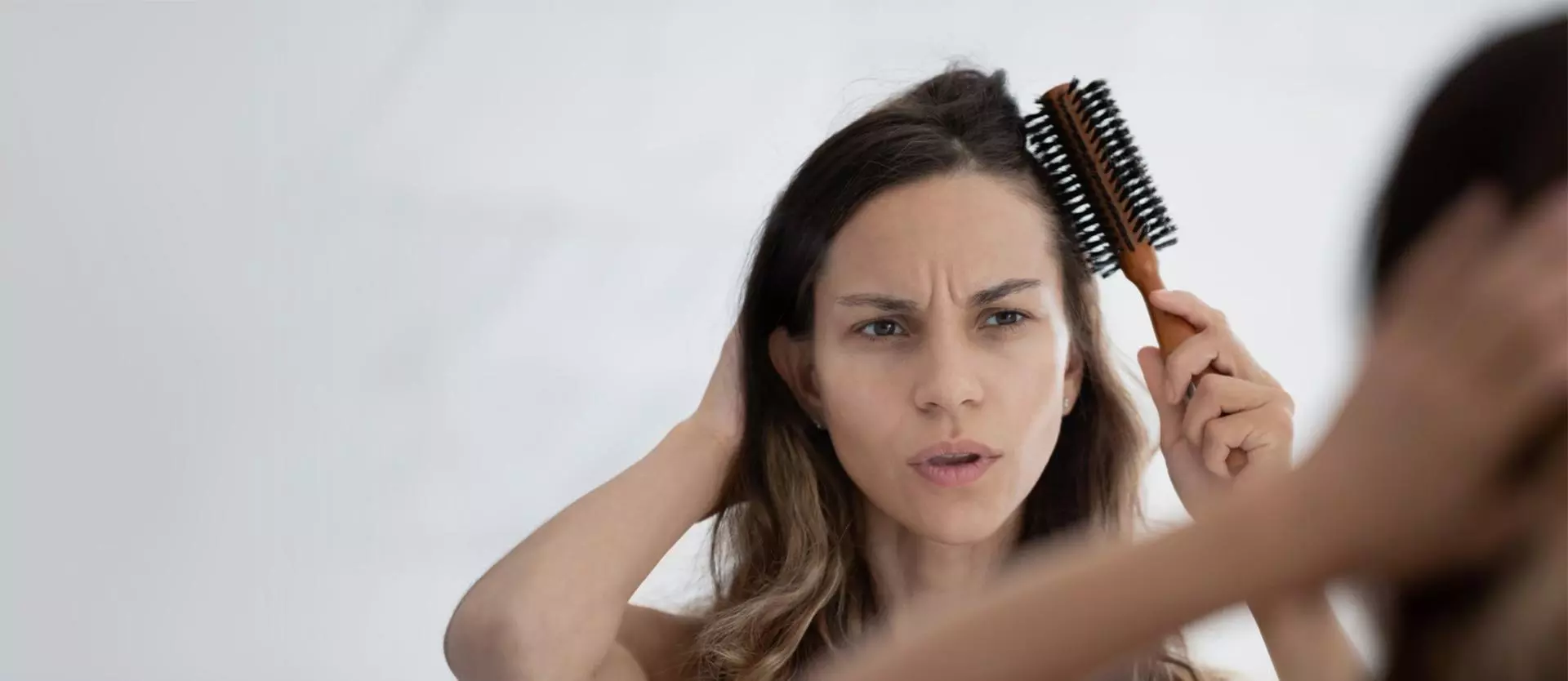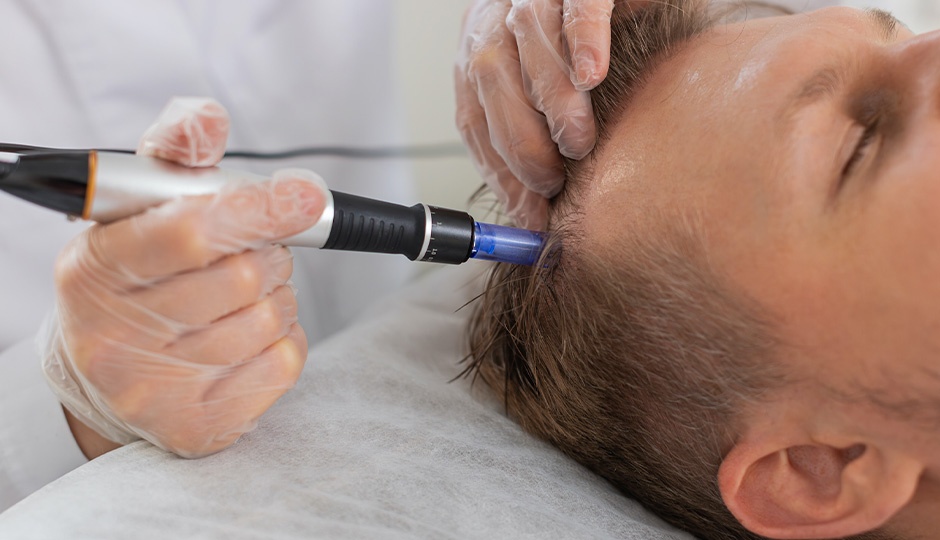Many women experience female pattern hair loss, also known as androgenetic alopecia. This occurs when a gradual loss progresses over time. It often results in a broadening of the part in a women’s hair. However, some older women may experience a deeply receding hairline. This is called frontal fibrosing alopecia. It is a type of lichen planopilaris. If this is happening to you, you may be unsure what it means or how it occurs.
What Does Frontal Fibrosing Alopecia Cause?
Those who experience this condition develop scarring hair loss. That means that the follicle has damage to it. This type of hair loss will not grow back. The scarring of the tissue makes that impossible to occur. In some women, not only does this condition impact the frontal hairline, but it may also lead to hair loss at the eyebrows. You may even notice eyebrow hair loss before you notice your hairline receding.
Can Men Develop Frontal Fibrosing Alopecia?
It is possible. Men can develop this condition. When they do, it can cause the beard to start to thin out as the hairline does so. This may happen first, creating a first sign of the condition.
What Should You Do If You Notice This Occurring?
Frontal fibrosing alopecia is not as common as other forms of hair loss. That means that you may be more likely to develop other conditions instead, causing thinning of the hair. However, if you notice thinning of the eyebrows or beard, that is a good indication that you may have this condition. It is a good idea to speak to your doctor about it if it is present. Doing so can help you to prevent more noticeable hair loss. It may also help to prevent baldness from occurring.
What Should You Look for to Know If You Have Frontal Fibrosing Alopecia?
Some of the most common signs of this condition is hair loss and scarring of the scalp. This begins right at the area by the forehead. You may notice a band of hair loss in this area. It typically spans from the sides of the head along the front hairline. Typically, it is symmetrical, which means the hair loss starts on either side and tends to progress at a very slow pace.
You may also notice differences in the skin. It is common, for example, to have skin that looks pale or shiny, especially in comparison to skin located near the area. You may notice scarring or damage to the skin as well.
About half of people who have this condition will have some eyebrow hair loss. Some will have all of this. You may also notice eyelash loss, though this is less common. Additionally, some may develop hair loss on other areas of the scalp, as well as the face, especially in men who may notice their beard thinning out.
What Causes This Condition?
It is not known what causes this condition to occur. However, most experts believe it is a type of autoimmune disorder. That means that something happens that causes the body’s immune system to mistake healthy hair follicles for bad cells. It attacks the skin’s own cells in that specific area, causing the damage. In some cases, there may also be a hormonal component to this condition.
What Can Be Done to Treat Frontal Fibrosing Alopecia?
There is no cure for this condition. However, there may be steps you can take to reduce the risk of this condition spreading or worsening. For example, it is believed that the condition worsens due to the inflammation that occurs at the hair follicle level. Therefore, the use of anti-inflammatory medications and topical ointments may provide some relief. Your doctor may recommend these treatments to you in prescription form to get the best possible access.
There are other strategies for reducing the risk of this condition worsening, including injectable medications that help to control the function of the immune system. You may also want to consider overall health improvements to your diet that could contribute to the condition.
For those with frontal fibrosing alopecia, it is critical to act quickly to ensure that you minimize hair loss with any available treatment. For those with permanent hair loss, there are options available to fill in the frontal hair line with a prosthesis. To learn more on the non-surgical options available for frontal fibrosing alopecia, contact the team at Unique Hair Concepts.






